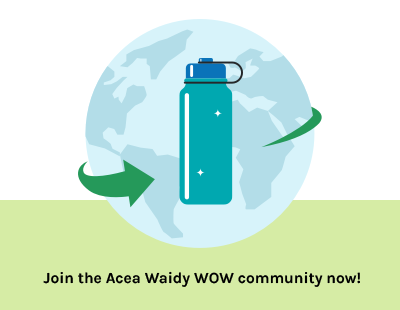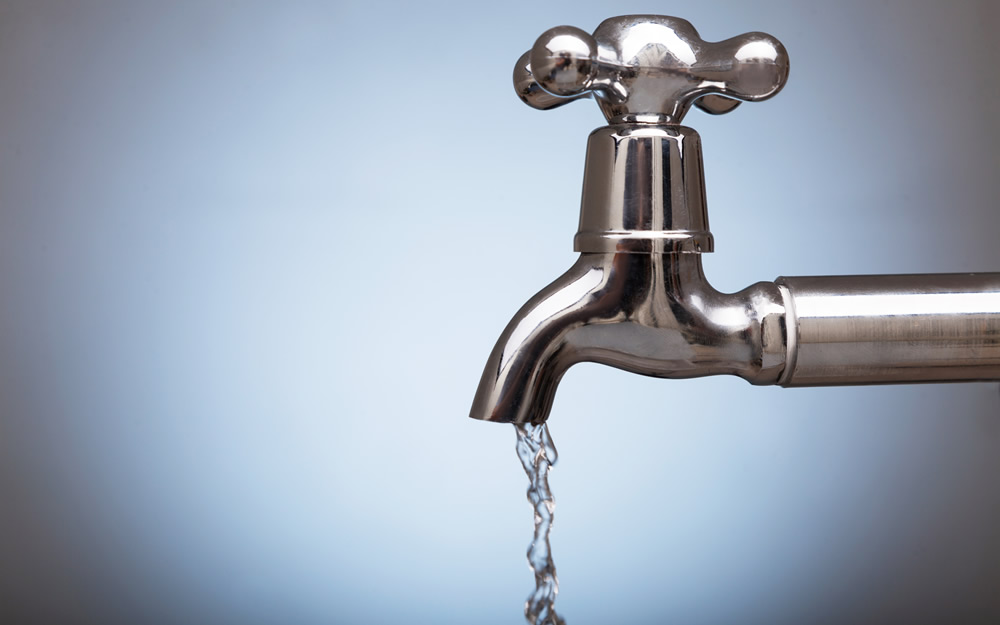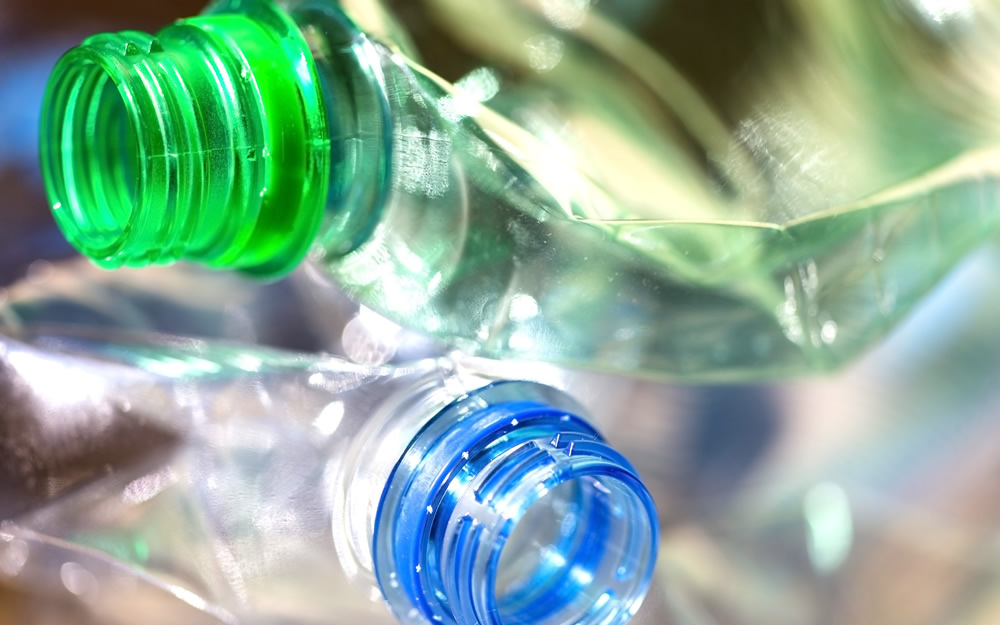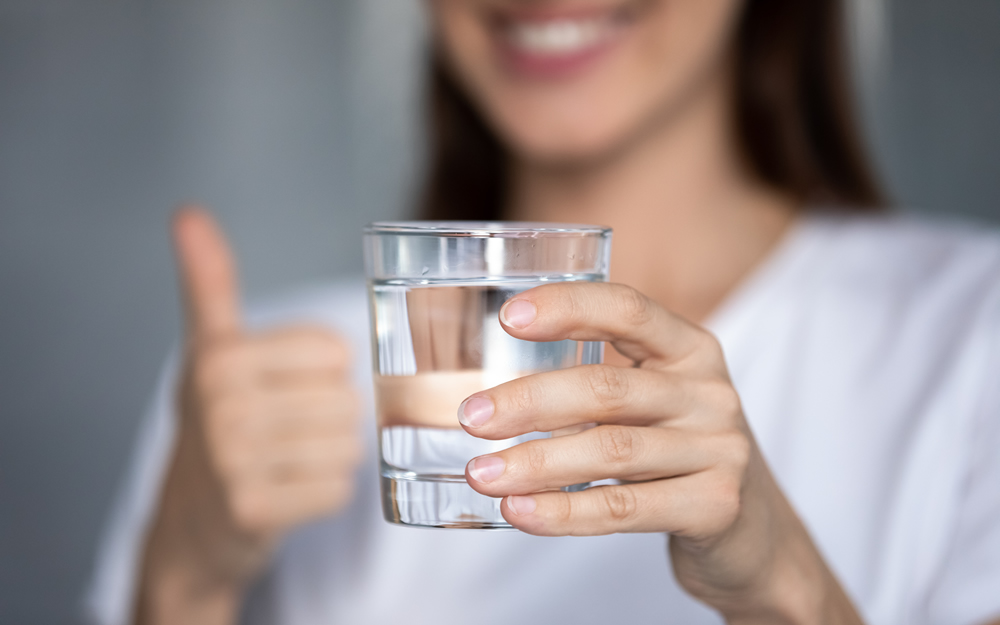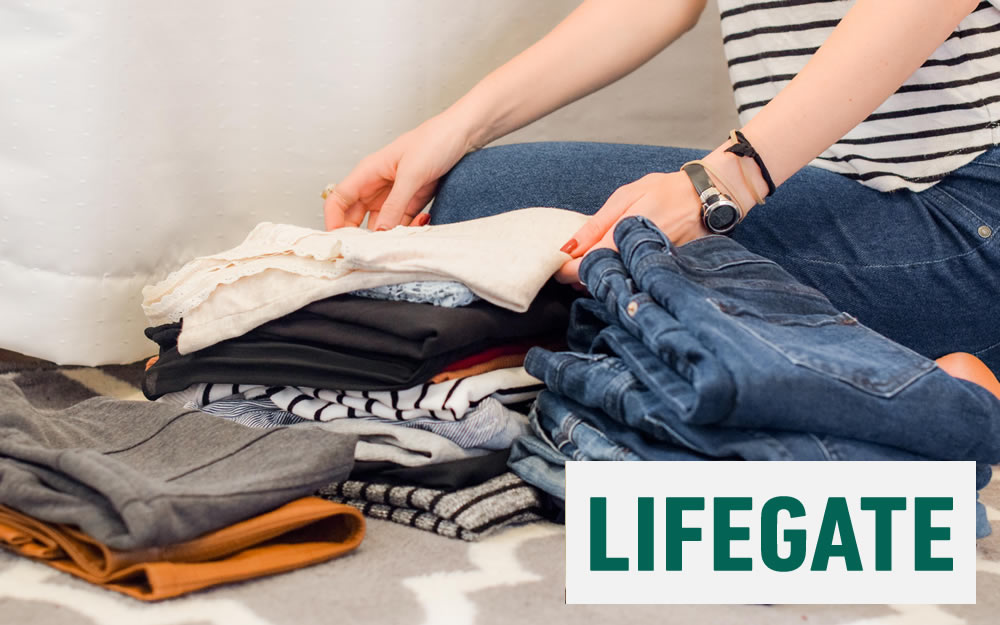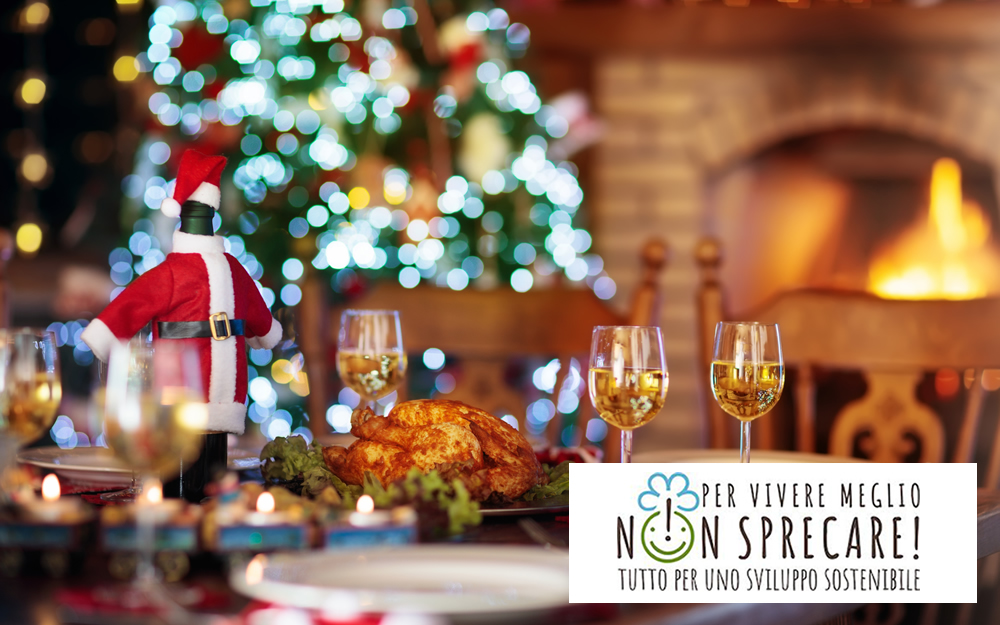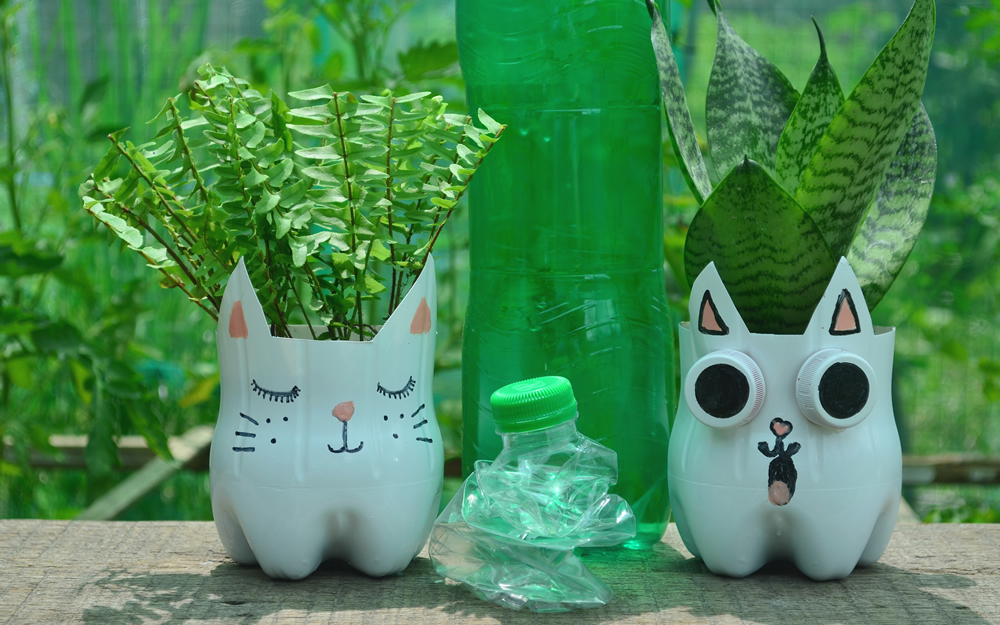- Home /
- Green life /
- PET plastic bottles: what they are and how to recycle them
PET plastic bottles: what they are and how to recycle them
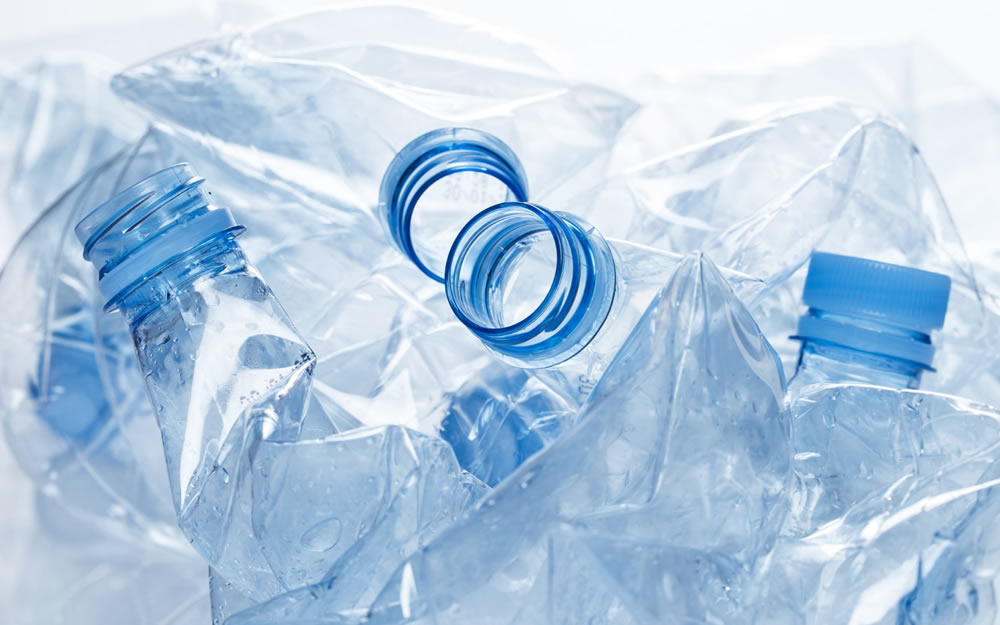
Have you ever heard about PET plastic? This particular material is always recyclable: it can be included in a virtuous plastic production mechanism, with considerable benefits in terms of environmental sustainability.
Sorting plastic is the duty of every citizen, an indispensable gesture for the protection of the ecosystem. According to OECD (Organisation for Economic Co-operation and Development), only 15% of plastic wastes released for consumption is collected and sent for recycling: about 60% is landfilled or abandoned.
PET is 100% recyclable, and it can be transformed repeatedly! A virtuous cycle in which every citizen needs to take action. Let's see what PET means, what its main characteristics are and how to recycle PET plastic bottles correctly.
What is PET? Properties and characteristics
PET (or polyethylene terephthalate) is a special synthetic material, a thermoplastic resin that belongs to the polyester family. Made from oil, natural gas or vegetable raw materials, this substance is suitable for food contact: it is extremely light, odourless and tasteless, so it is often moulded to produce plastic bottles that we commonly use.
The properties of PET plastic make it a material that, if handled correctly, can be transformed and given a new lease of life:
- It is completely recyclable. The transformation process does not alter its physical and chemical characteristics, so it can become a different object each time it is processed;
- It is very light and easy to mould, but at the same time it has excellent rigidity and chemical resistance. Chemical resistance is defined as the ability of a plastic material to tolerate the chemical agents used during certain operations, such as sterilisation or sanitising. When chemical resistance is limited, the material tends to swell or soften, hindering subsequent transformation processes;
- On the contrary of glass and metal, it is unbreakable and resealable.
Like other types of plastic, PET has an expiry date: after a few years it starts to release toxic substances. This is also why supporting PET recycling is a smart choice, for us and for the planet!
Did you know that today you can help reduce the circle of single-use plastics in the environment? Thanks to Acea Waidy Wow app you can fill up your refill container directly at your nearest water point! Discover the handy interactive map, explore the most beautiful water monuments in the city and make your green choice. You can also indulge in fun creative recycling moments, but always remember that, when you no longer need it, you must dispose of the plastic conscientiously.
PET plastic: virtuous recycling
To exploit its highly recyclable characteristics, PET must be disposed of correctly. Only then can it become R-PET, a recycled polymer and zero impact. With its lightness and malleability, R-PET polymer can give life to other plastic bottles, but also to objects, accessories, clothing, and products that we use routinely.
How to recycle PET plastic bottles appropriately?
Like PET, there are various types of plastic materials, each with unique characteristics: in order to optimize waste management operations, the different types of plastic must be sorted and sent to subsequent recycling processes.
Separating PET plastics is the first step towards the complete and correct disposal of these materials. When you find a PET collection eco-compactor, throw the bottles you have used there, but always make sure that they display an identification acronym such as PET, PETE, PETP or PET-P, which identifies their composition.
Your PET bottle can be recycled and fed back into the economic system, creating new value for consumers, companies and the environment.
